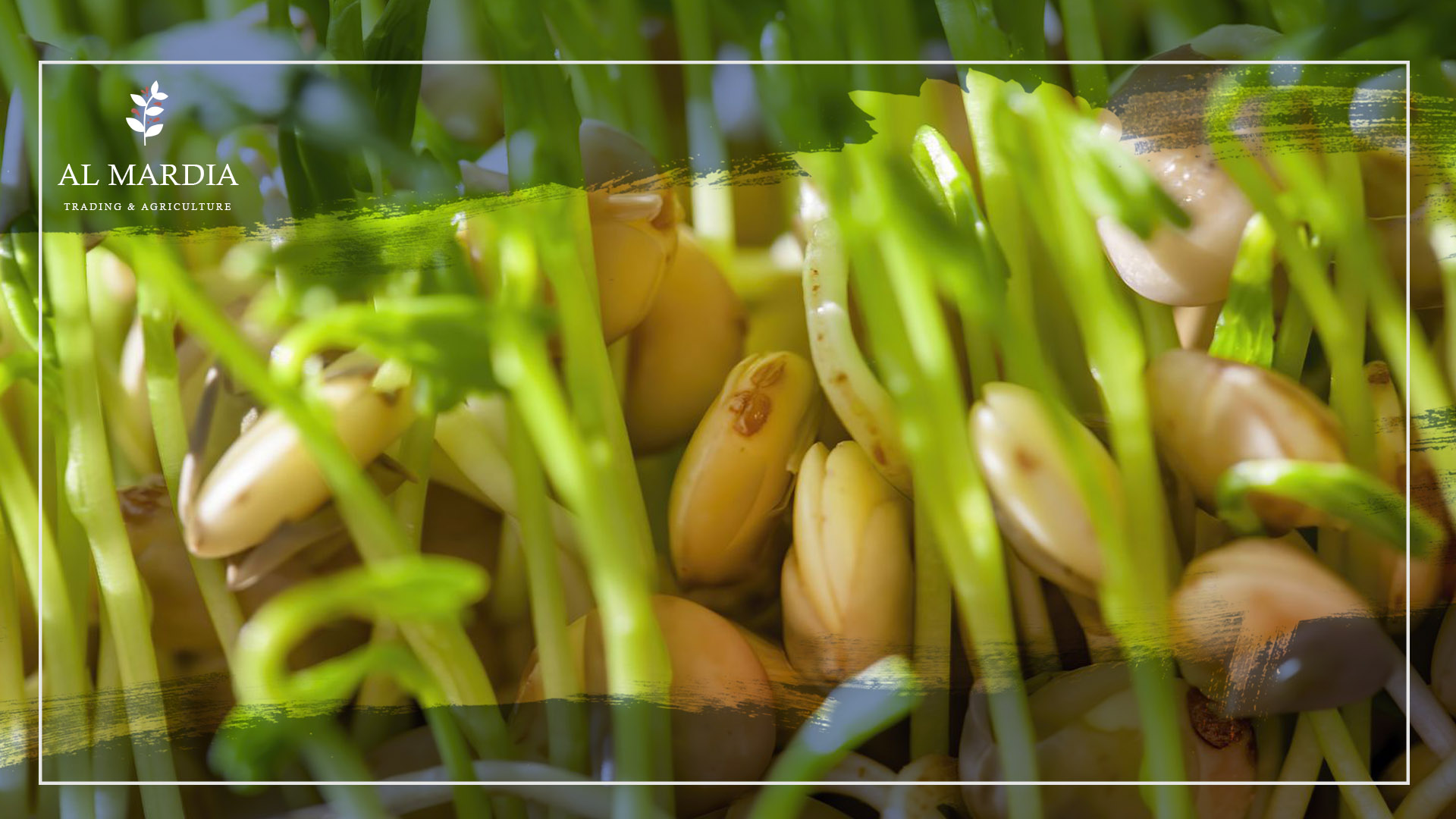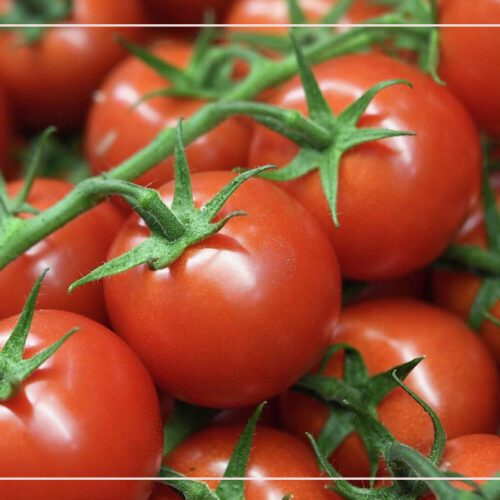
Basics of Growing Lentils
Lentils are one of the oldest cultivated crops and have been used for centuries as a source of protein. They are highly nutritious, easy to grow, and require minimal effort to produce a high yield. Growing lentils can be a great way to add variety to your garden or farm, as there are many different varieties available. In this article, we will discuss some basics of growing lentils and provide a guide on how to plant them in your garden or farm. We will also discuss some of the benefits of growing lentils and why you should consider adding them to your crop rotation.
Lentils (Lens culinaris Medik), belonging to the ‘Leguminosae’ family, is a long-standing crop that traces its roots back to 8,500 years ago. Historians have even discovered them in Egyptian tombs dating as far back as 2400 B.C.
Benefits of lentils
Lentils are a powerhouse of nutrition and form an important part of many diets. Commonly known as dhal, they don’t require much water making them ideal for cultivation under cooler conditions. Moreover, they’ve grown annually and thus, can be enjoyed year-round.
Lentils are a highly nutritious and delicious food, with numerous health benefits. They are an excellent source of plant-based protein, with 18 grams of protein per cup of cooked lentils. Lentils are also fiber-rich, which can aid digestion and reduce the risk of heart disease, diabetes, and certain cancers. Furthermore, they are packed with iron, folate, and other essential vitamins and minerals, making them an ideal addition to any healthy diet. Additionally, lentils are low in fat and calories, making them a perfect choice for weight management. Incorporating lentils into your diet can promote overall health and well-being.
How to Use Lentils?
- Lentils are a great source of protein, carbohydrates, and calories and are very nutritious. However, one negative is the fact that it may produce gas due to the substances contained within it. To reduce the uncomfortable side effects of lentils, heating them is a great way to drastically reduce the amount of naturally occurring anti-nutrients that cause flatulence.
- Lentils offer a wide range of culinary possibilities. Not only can they be used as sides or entrées, but you may also cut them up for salads, fry and eat them as snacks, incorporate them into soups, puree them for baby food, and grind them to prepare flour for baking bread and cakes.
- The leftovers from lentil farming, such as husks, stems, dried leaves, bran, and other residues can be reused to feed livestock. Moreover, green lentil plants can be used as an effective fertilizer.
Essential Tips for Lentil Farming
Choose the right variety
There are many different types of lentils, including brown, green, and red. Before planting, it’s important to choose a variety that is well-suited to your region and growing conditions. Some lentil varieties are better suited to colder climates, while others are more tolerant of heat and drought.
Prepare the soil
Lentils grow best in well-drained soil with a pH between 6.0 and 7.5. Before planting, prepare the soil by removing any weeds and adding compost, such as Growthmax, or organic matter to improve soil fertility. Lentils do not require a lot of nitrogen, so avoid using fertilizers that are high in nitrogen.
Planting
Lentils are typically planted in the spring, once the soil has warmed up. Plant the seeds about 1-2 inches deep and 2-4 inches apart, depending on the variety. Lentils can be planted in rows or clusters.
Watering
Lentils need consistent watering to ensure their health, especially during dry periods. Watering deeply once or twice a week is recommended as this helps keep the soil moist yet not overly wet. Avoid showering them from above as this might cause detrimental diseases.
Fertilizing
As mentioned earlier, lentils do not require a lot of nitrogen. However, they do benefit from phosphorus and potassium. You can use a balanced fertilizer that is low in nitrogen like Multi-Bio, or you can add bone meal or rock phosphate to the soil before planting.
Mulching
Mulching can help retain moisture in the soil and suppress weed growth. Use a layer of organic mulch, such as straw or chopped leaves, around the base of the plants.
Pest and disease control
Lentils are generally resistant to pests and diseases. However, they can be susceptible to root rot, so it’s important to avoid overwatering. You can also rotate your crops every year to reduce the risk of disease and apply Rootmax Liquid, which contains Mycorrhizal fungi and helps to increase root size and enhance the root system.
Harvesting
When the pods of lentils are dry and brittle, they are ready to be harvested. You can either harvest them manually or use a combine for large harvests. Once the lentils have been collected, remove them from the pods and store them in a cool and dry place.
In summary, growing lentils is a simple and rewarding process. By choosing the right variety, preparing the soil, and following these tips and techniques, you can ensure a successful harvest. Don’t forget to look after your plants with regular watering and fertilizer, and watch for pest or disease issues. Putting in some effort pays off when you can reap the delicious harvests of homegrown lentils, full of flavor and nutrition.
Related topic
Soil Organic Matter
Common Questions
-
Can you grow lentils from dried lentils?
Absolutely! It is possible to grow lentils from the dried lentils found in the grocery store; however, be wary of any lentils that have dark brown to grey spots on them.
-
What months are lentils planted?
Lentil cultivation usually takes place after winter wheat or spring barley crops. To ensure the best outcome, lentils should be sown in late April or early May, when soil temperatures are above 40°F (4°C).
-
How fast do lentils grow?
Lentils are cool-season legumes and should be sown in the springtime. If you start them indoors, they will germinate within 10 days at 68°F. Once planted in the garden, they need 80 to 110 days to reach their full harvest potential. Get a head start by planting lentils 2 weeks before the average last frost date.





